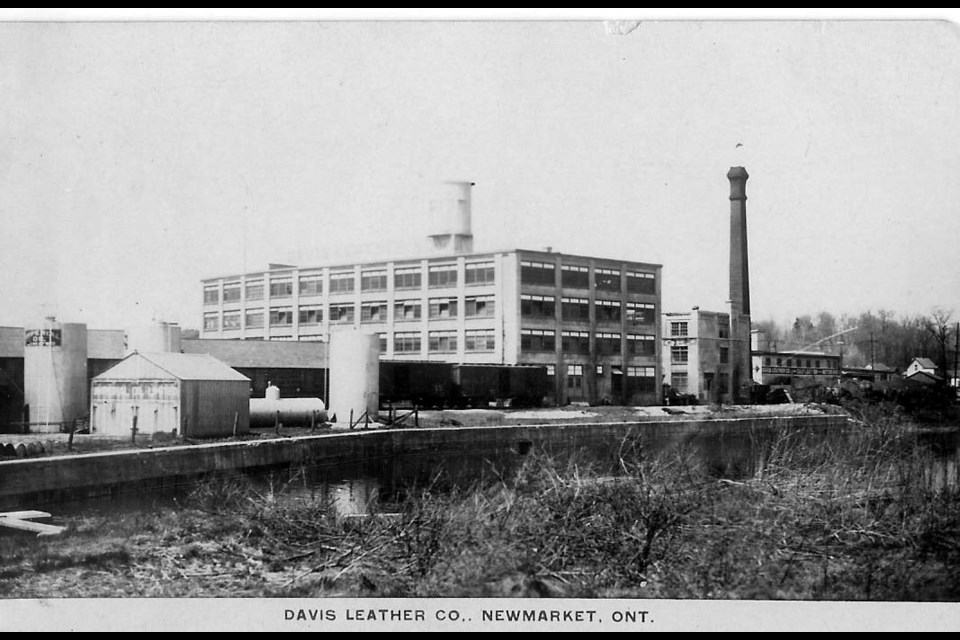NewmarketToday.ca brings you this weekly feature about our town's history in partnership with Richard MacLeod, the History Hound, a local historian for more than 40 years. He conducts heritage lectures and walking tours of local interest, as well as leads local oral history interviews. You can contact the History Hound at [email protected].
During the early years of the 19th century, Newmarket generated its own electricity in the power plant at the south end of Main Street at Water Street in the Waterworks (where Cachet restaurant is currently located).
Coal-fired boilers generated the steam that operated a large steam engine. This, in turn, operated a large direct-current dynamo. Newmarket did not switch over to hydro-developed, alternating current until early 1914.
This high-pressure steam production was also used to blow the town whistle. It blew daily except Sundays and holidays at 6 a.m. and 6 p.m., as well as being the town fire whistle, which was a system of long and short blasts indicating the location of the fire.
This whistle had a deep-throated, sonorous tone and it could be easily recognized from the other town whistles. When this whistle ceased to blow in the late 1920s, the fire whistle was blown at the Office Specialty Company.
The Office Specialty whistle was actually two whistles joined together with a "T" fitting so they both blew together. The larger of the pair was about four times the size of the smaller, so that the shriller tone of the smaller one would blend with the deeper tone of the larger whistle, making the combination a more mellow tone, which had great carrying power
The whistle of the William Cane & Sons factory was also a single whistle, but gave off a more musical tone, and was not as sonorous as either the Office Specialty or the town whistle. This whistle ceased to blow during the middle 1920s.
The Davis Leather Co. whistle was the most distinctive of all the town whistles. It also consisted of two whistles, but was controlled by a special valve. When the valve was first opened, the high pressure steam would enter the smaller shriller whistle and then as the valve was opened further, the smaller whistle was shut off and the full force of the steam entered the larger whistle; the process being reversed as the steam was shut off. The effect was a high-pitched siren wail. This whistle ceased to blow in the late 1940s.
In those days, we also had the whistles on the steam locomotives passing through town, giving their two long wailing blasts and two short blasts at every crossing. Finally, the shrill, compressed air whistles on the electric radial cars could be heard as they neared the many street crossings on their way through town.
Today, while we experience many sirens in town from a variety of sources, the day of the town whistle has passed us by, sadly.
